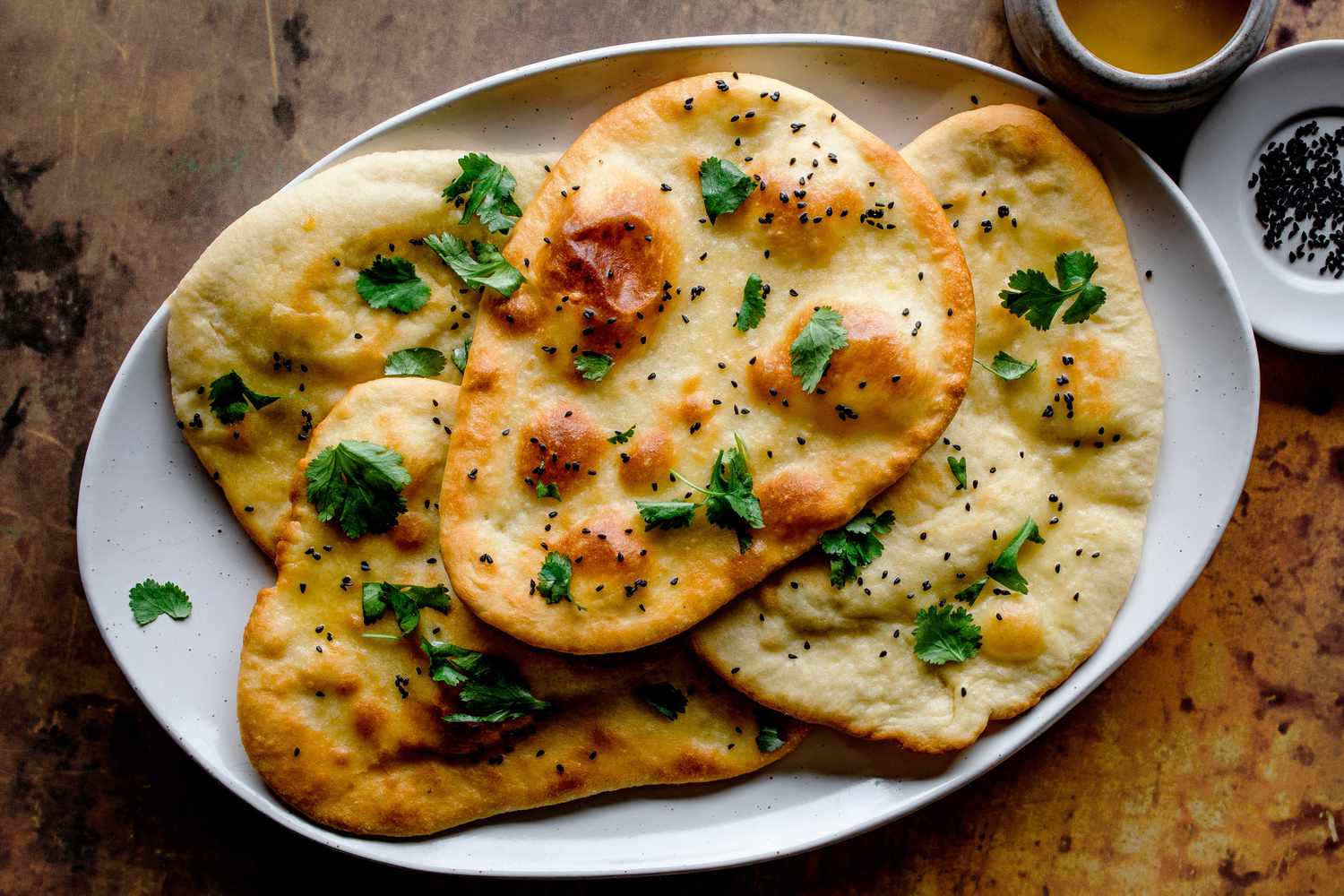modelcampusa.com – Naan is a staple in South Asian cuisine, renowned for its soft, pillowy texture and slight char that make it a perfect accompaniment to a wide range of dishes. This oven-baked flatbread holds a special place at the dining table, offering a delicious way to scoop up curries and stews. Let’s delve into the history, preparation, and cultural importance of naan.
The Origins of Naan
The history of naan is deeply intertwined with the culinary traditions of South Asia and the Middle East. The word “naan” is derived from the Persian word for bread, reflecting its ancient roots in Persian and Indian cuisines. Originally introduced to India by the Mughals, naan has since become an integral part of Indian and Pakistani meals.
Ingredients and Preparation
Naan is traditionally made from a simple dough consisting of all-purpose flour, yeast, yogurt, milk, and a pinch of salt. The inclusion of yogurt and milk gives naan its distinctive softness and slight tang. The dough is kneaded until smooth and then allowed to rise, developing flavor and elasticity.
One of the key features of naan is its cooking method. Traditionally, naan is baked in a tandoor, a cylindrical clay oven that reaches high temperatures. The flattened dough is slapped onto the sides of the tandoor, where it bakes quickly, achieving a beautiful char and a chewy texture. The high heat of the tandoor creates the signature bubbles and smoky flavor that naan is known for.
Culinary and Cultural Significance
Naan is more than just a type of bread; it is a cultural symbol and a culinary delight. It serves as an essential accompaniment to a variety of dishes, from rich curries and kebabs to lentil soups and roasted meats. The versatility of naan allows it to be enjoyed plain or topped with various ingredients such as garlic, butter, or herbs.
In South Asian culture, naan is a communal food, often shared among family and friends. It is a staple at both everyday meals and festive occasions, bringing people together over its warm, comforting presence. Its adaptability has also led to its popularity in international cuisines, where it is used as a base for wraps and pizzas or enjoyed on its own.
Conclusion
Naan is a testament to the rich culinary traditions of South Asia, offering a delectable blend of flavor, texture, and history. Its oven-baked goodness and versatility make it a beloved bread enjoyed by people around the world. Whether served with a hearty curry or savored on its own, naan continues to captivate taste buds with its timeless appeal.
